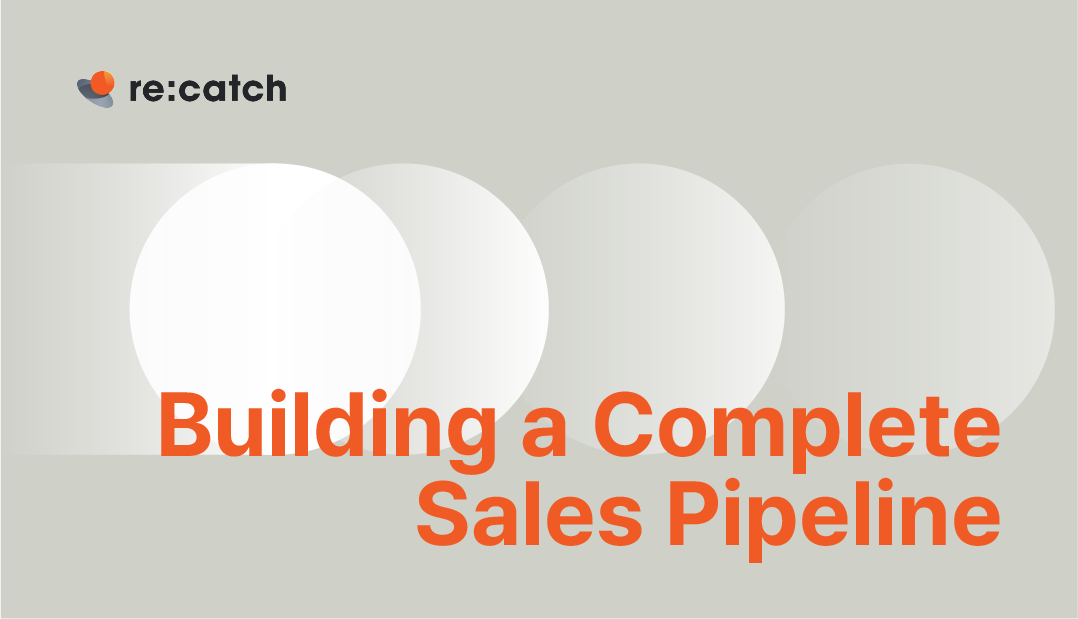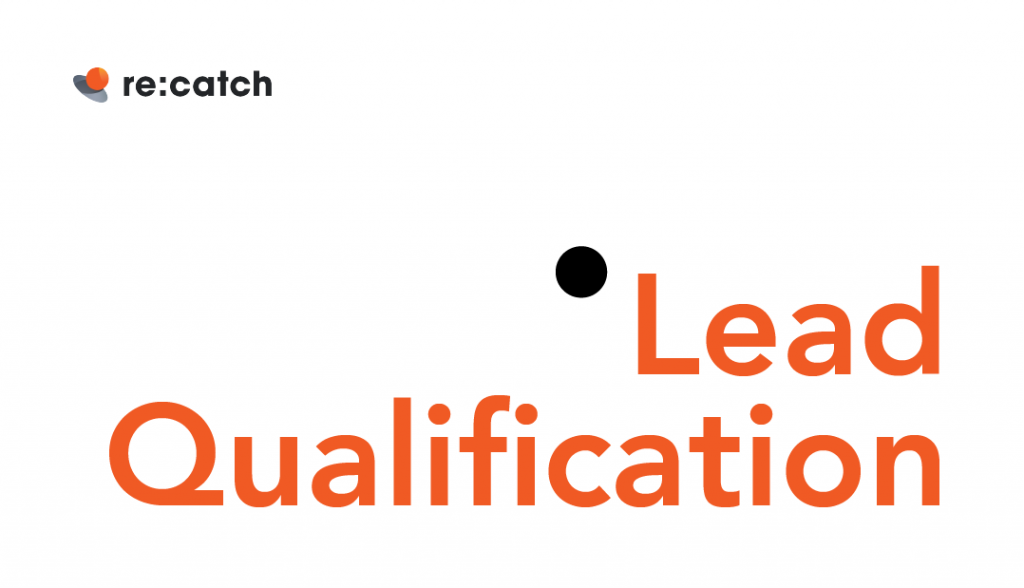The Complete Guide to Building a Robust Sales Pipeline Process for Forecasting B2B Sales
When you think of sales, do you imagine smooth talkers, networking wizards, or people with an inborn talent for sealing the deal? While many see sales as an art form, it’s important to realize that it’s also a science when it comes to boosting revenue.
If you’re the leader of a sales team, you know that breaking down your sales funnel into clear steps and crunching the numbers for each stage is a must. That’s where the sales pipeline process comes in—it’s like your secret weapon for this kind of strategic planning. In this blog, we’re taking a deep dive into how to create an effective sales pipeline process and how to use it to forecast sales outcomes with precision. Let’s get started!
What is a Sales Pipeline?
Imagine buying a product – customers often encounter ads, hear reviews from friends, and meet sales representatives, all in a sequence of steps. This is where the sales pipeline process comes into play, especially in the realm of B2B sales.
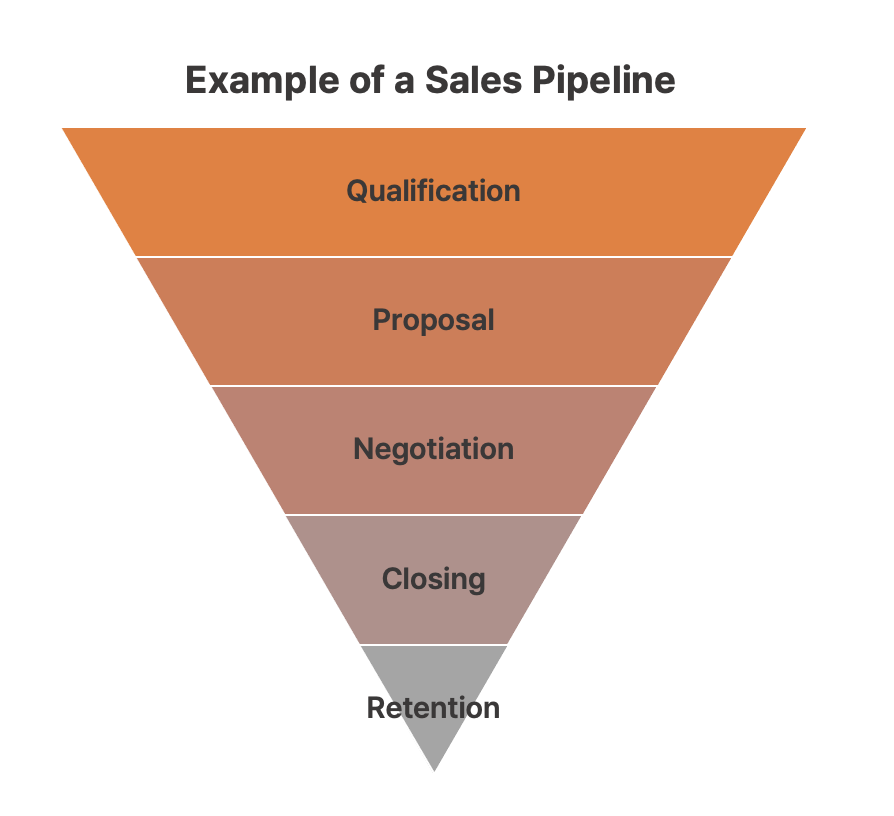
For businesses operating in the B2B landscape, the sales pipeline process is nothing short of a strategic blueprint. It’s a masterful orchestration of interactions that guides potential customers and leads through their decision-making journey. By methodically nurturing leads at each phase, B2B sales teams can cultivate relationships, build trust, and ultimately drive conversions. This is critical in the B2B domain, where deals often involve intricate negotiations and long-term partnerships.
The more a potential customer goes through these sales stages, the more refined the pool becomes, filtering out those who align perfectly with our product. These sales stages are often referred to as the sales funnel or ‘sales funnel process’. Think of the sales pipeline process as a visual representation of the sales funnel potential customers traverse.
By constructing a sales pipeline process and inputting sales data for each phase, you gain real-time insights into your ongoing sales performance. This enables you to not only comprehend your current sales status but also determine the direction for future actions.
Furthermore, through the sales pipeline process, the sales team can check the achievement status of key performance indicators (KPIs), ensuring they align with the company’s revenue targets. This paves the way for regular “sales projections“, helping the sales team assess what outcomes they need to produce on a monthly, weekly, and even daily basis to reach our company’s revenue goals.
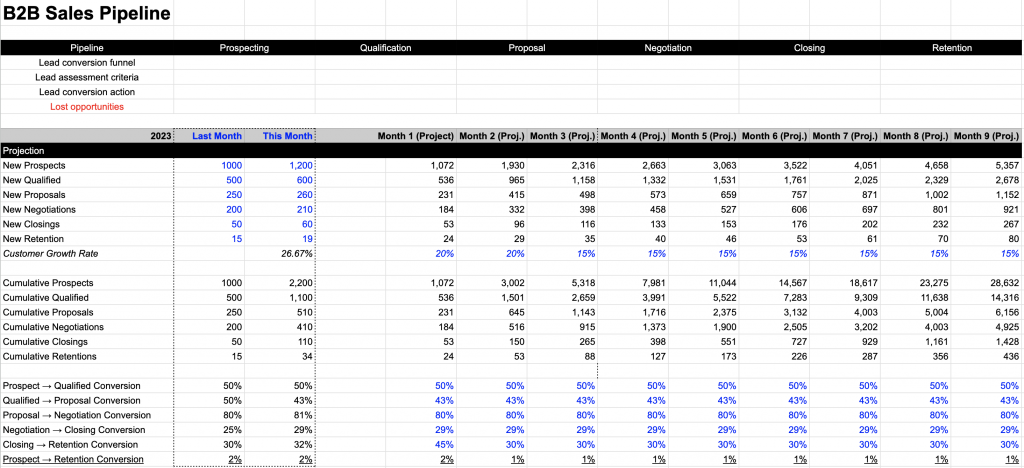
I’ll now walk you through the clear-cut process of constructing your own sales pipeline process and effectively conducting projections.
How to Build a Sales Pipeline Process
Step 1: Break Down the Sales Process into Stages
The first step is to break down the journey your customers take, from the moment they discover your product to the point of making a purchase. This breakdown will form the basis of your business’s “Sales Funnel.” The typical structure of a sales funnel includes stages like Prospects, Qualified, Proposals, Negotiations, Closings, and Retention. However, it’s essential to construct the funnel based on real customer scenarios rather than creating a seemingly structured approach.
For instance, if you’re an early-stage startup, your funnel stages might involve visitors who arrive through performance marketing on your website, those who leave demo requests/inquiries on your website, those who engage in phone calls or email exchanges based on their inquiries, those who progress to face-to-face meetings after phone conversations, those who exchange contracts following meetings, and finally, those who make a purchase. By breaking down the sales process in this way, you can easily identify where things might have gone wrong if the desired outcomes aren’t achieved.
Step 2: Define Sales Actions for Each Funnel Stage
Once you’ve segmented the stages of your sales funnel, it’s crucial to clearly define the actions your sales team should take at each stage. For example, actions could include securing the prospect’s contact information (phone number, email address), gathering essential information about the prospect (revenue, company size, job title), sending emails, making phone calls, scheduling sales meetings, and exchanging contracts.

By specifying precise actions for each stage of the sales funnel, regardless of changes in responsible personnel or extended lead times, anyone involved can understand what needs to be done for a given prospect at any given moment.
Step 3: Develop Strategies for Lost Opportunities
The essence of a sales pipeline process lies in understanding that customers go through multiple stages before making a purchase, and the goal is to minimize customer drop-offs at each stage. To achieve this, it is advisable to plan and take at least one or two additional actions for leads who drop off at different stages. Once your sales funnel is structured by stages, consider outlining proactive actions to be taken for customers who exit at each stage. Sharing these strategies with your team ensures that the actions to recover lost opportunities are well-defined and communicated.

Step 4: Track Lead Numbers Across Funnel Stages
Once you’ve defined the actions for your sales team at each stage, it’s crucial to keep a record of how many potential customers (leads) are progressing through the stages. For example, if you have 50 potential customers reaching the sales meeting stage and out of those, 20 proceed to the contract exchange stage, the input for the sales meeting funnel is 50, and the output is 20. By documenting the number of leads at each funnel stage, you can readily identify where bottlenecks are occurring and take corrective actions accordingly.
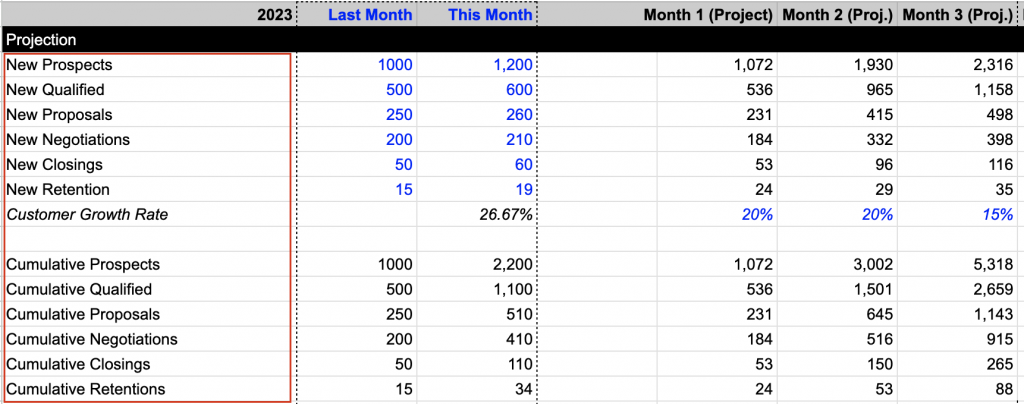
Step 5: Calculate Conversion Rates Across Funnel Stages
After compiling your input and output data, it’s time to calculate the conversion rates, which represent the ratio of outputs to inputs. For instance, if the output of the “phone call” stage is 50 and the output of the next stage, “sales meeting,” is 20, the conversion rate for this stage would be 40%. Once you’ve calculated conversion rates for each stage, the final step is to determine the overall conversion rate from the initial to the final stage.
As you evaluate these conversion rates, you’ll gain insights into the efficiency of your sales pipeline process. These metrics shed light on which stages are performing optimally and where adjustments are needed to streamline the journey toward successful conversions.

How to Conduct Effective Projections with a Sales Pipeline
Step 1: Set Next Month’s Goals and Reverse Engineer it
Once you have your sales pipeline process in place, providing a comprehensive view of your team’s status through a bottom-up approach, it’s time to use a top-down method to calculate the tasks required to achieve your goals. Start by predicting the total number of customer acquisitions your sales team should achieve next month. Then, by plugging in the existing funnel conversion rates, work backward to determine how many customers need to be secured at each preceding stage to ultimately secure the desired number of customers.
This strategic approach enables your sales team to have a clear sense of direction and the actionable steps needed to achieve the set targets. By leveraging these reverse-engineered calculations, you’ll be better equipped to allocate resources effectively and ensure that each stage of your sales pipeline process contributes harmoniously to your overall success.
Step 2: Craft an Annual Sales Projection Using the Same Approach
Once you’ve successfully completed the prediction of customer acquisitions for one month using this approach, it’s time to extend your forecasting efforts for an entire year. Based on your desired monthly customer growth rate and target conversion rates, leverage your sales pipeline process to create a comprehensive yearly sales projection.
By utilizing the sales pipeline process, you’ll gain insights into the exact number of prospective customers required each month to achieve your targeted monthly customer growth rate. This holistic projection will empower you with the knowledge of how your sales efforts need to evolve over the course of a year to meet your overall business goals. This proactive approach not only helps in setting realistic expectations but also enables you to strategically allocate resources, adapt your tactics, and pivot as needed to stay on track throughout the year.

Step 3: Define Sales Team KPIs and Create Action Roadmaps
With your projections in place, your goals should be pretty apparent. To collectively achieve these goals, it’s time to further break down the objectives that each sales team member should strive for. By leveraging your sales pipeline projections, you can easily quantify monthly Key Performance Indicators (KPIs) for your sales team and measure their achievements in concrete numbers. Based on these measurable metrics, each team member can then design a clear action roadmap.
Through this process, you’re providing your sales team with actionable targets that align with your overall business objectives. The power of the sales pipeline projection lies not only in its ability to guide your team’s actions but also in its capacity to enable real-time tracking of progress. As a result, your sales managers can easily gauge team performance, identify areas for improvement, and offer timely guidance to ensure everyone is on the path to success.
Elevate B2B Sales with Calculated Precision
A sales pipeline process is the blueprint of your sales process, ensuring that potential customers journey through stages from awareness to purchase. But it’s not a vague concept—it’s a sequence of concrete funnels, each with its specific actions. The true “magic” comes when you assign numbers to these steps.
By calculating and projecting the numbers at each stage, you’re not just dealing with abstract concepts anymore. You’re grounding your strategy in quantifiable terms. This provides you with an accurate gauge of what it takes to reach your goals. You’re not “guesstimating”; you’re forecasting.
When you anticipate the number of leads at the beginning of your pipeline, you’re making informed decisions about the resources you need to generate those leads. As you progress through each stage, knowing your conversion rates translates into knowing how many qualified leads you’ll have. This, in turn, influences your sales team’s activities and resource allocation.
By calculating and projecting numbers within your sales pipeline process, you’re equipping yourself with a proactive toolkit. You can adjust your approach, identify bottlenecks, and optimize your resources—all based on real data. This sales pipeline process empowers you to be agile, efficient, and responsive in the ever-evolving landscape of B2B sales.
If you want to get a sales pipeline template discussed in this blog, book a demo call with Re:catch on the website, a sales pipeline automation tool!

